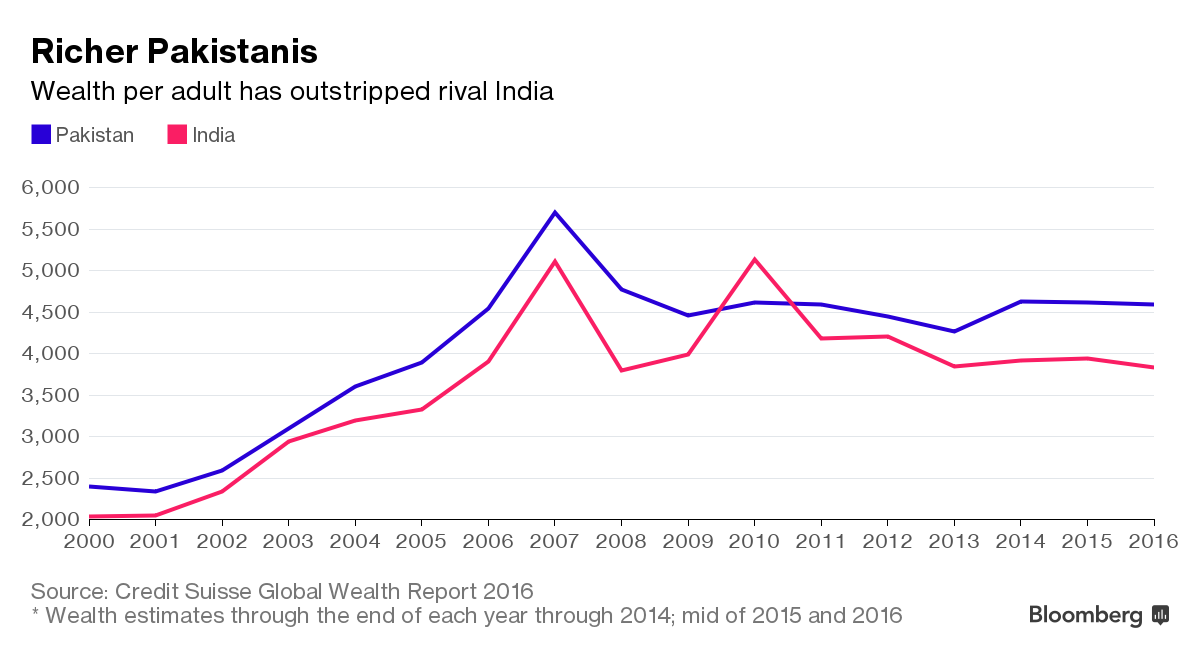A 2011 World Bank report titled "Perspectives on poverty in India : stylized facts from survey data"
discusses various causes of high poverty and higher inequality in India, particularly discrimination against certain castes and tribes who make up most of the poor. It describes exclusion based on caste (SC or scheduled caste) and tribes (ST or scheduled tribes) and describes it as follows:
The Hindu hierarchy is said to have evolved from different parts of the body of Brahma—the creator of the universe. Thus, the Brahmans, who originated from the mouth, undertake the most prestigious priestly and teaching occupations. The Kshatriyas (from the arms) are the rulers and warriors; the Vaishyas (from the thighs) are traders and merchants. The Shudras, from the feet, are manual workers and servants of other castes. Below the Shudras and outside the caste system, lowest in the order, the untouchables engage in the most demeaning and stigmatized occupations (scavenging, for instance, and dealing with bodily waste).
Similarly, the scheduled tribes are also referred to as the Adivasis. .... we use the terms SC and ST, as these are standard administrative and survey categories. In the text we use the terms Dalits and Adivasis or tribals interchangeably with SCs and STs, respectively.
http://documents.worldbank.org/curated/en/103691468041447795/Main-report
discusses various causes of high poverty and higher inequality in India, particularly discrimination against certain castes and tribes who make up most of the poor. It describes exclusion based on caste (SC or scheduled caste) and tribes (ST or scheduled tribes) and describes it as follows:
The Hindu hierarchy is said to have evolved from different parts of the body of Brahma—the creator of the universe. Thus, the Brahmans, who originated from the mouth, undertake the most prestigious priestly and teaching occupations. The Kshatriyas (from the arms) are the rulers and warriors; the Vaishyas (from the thighs) are traders and merchants. The Shudras, from the feet, are manual workers and servants of other castes. Below the Shudras and outside the caste system, lowest in the order, the untouchables engage in the most demeaning and stigmatized occupations (scavenging, for instance, and dealing with bodily waste).
Similarly, the scheduled tribes are also referred to as the Adivasis. .... we use the terms SC and ST, as these are standard administrative and survey categories. In the text we use the terms Dalits and Adivasis or tribals interchangeably with SCs and STs, respectively.
http://documents.worldbank.org/curated/en/103691468041447795/Main-report





